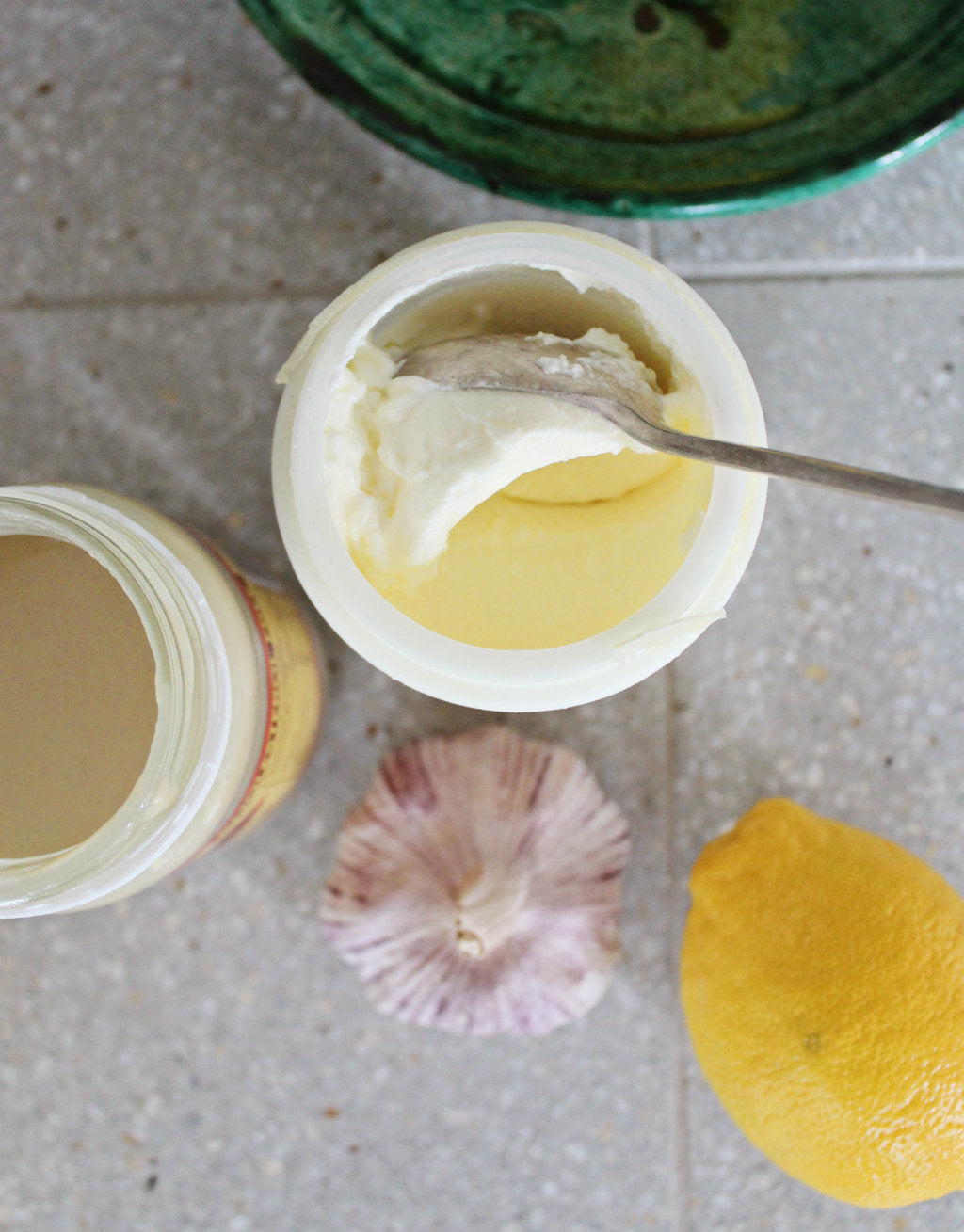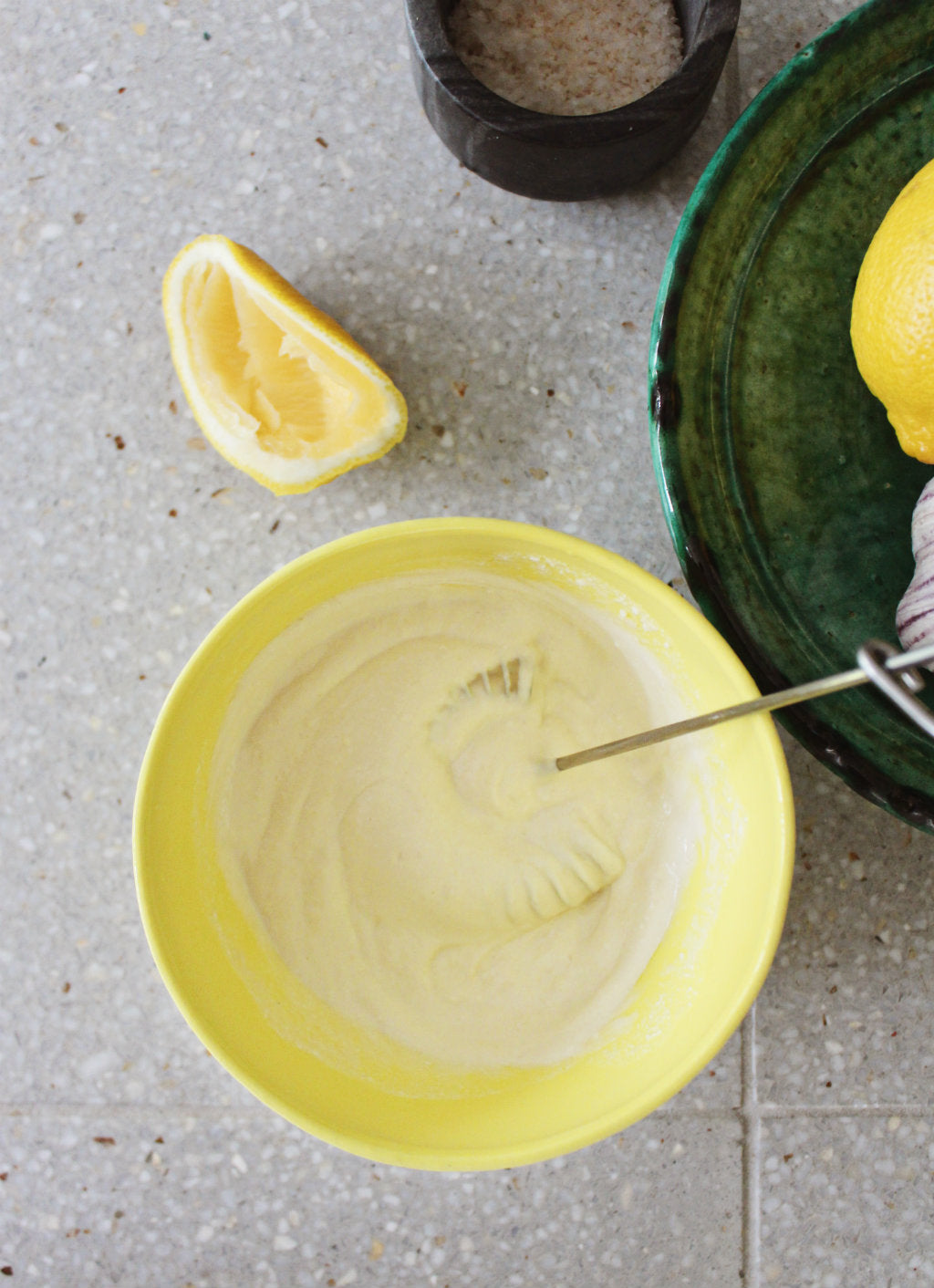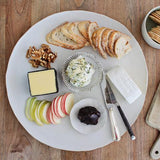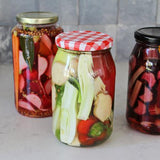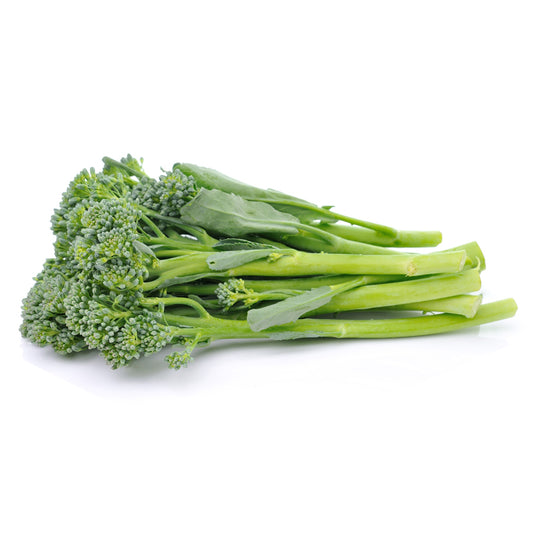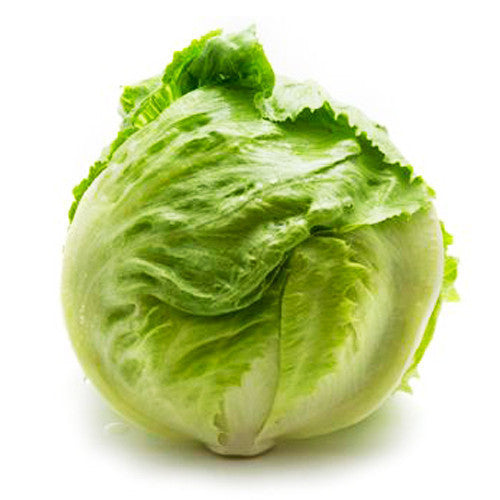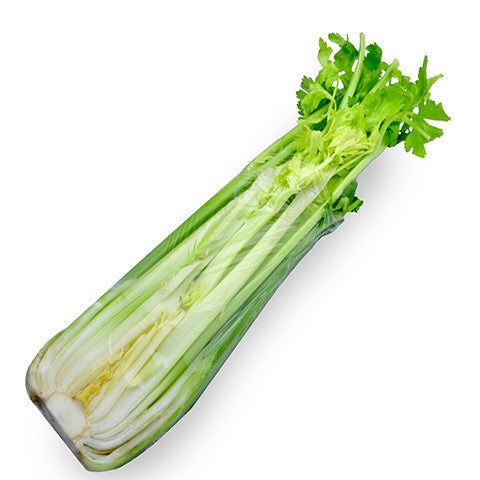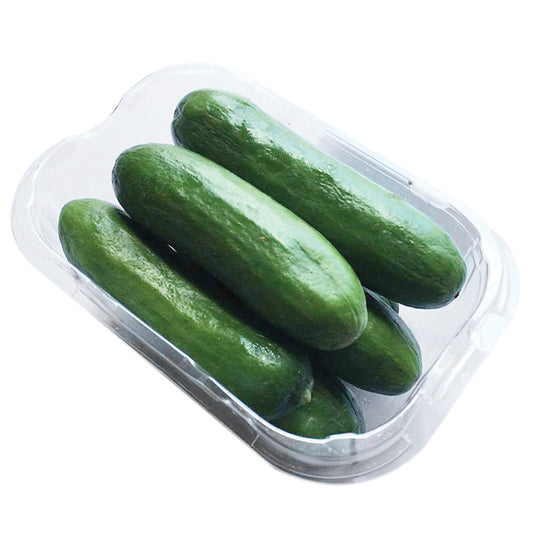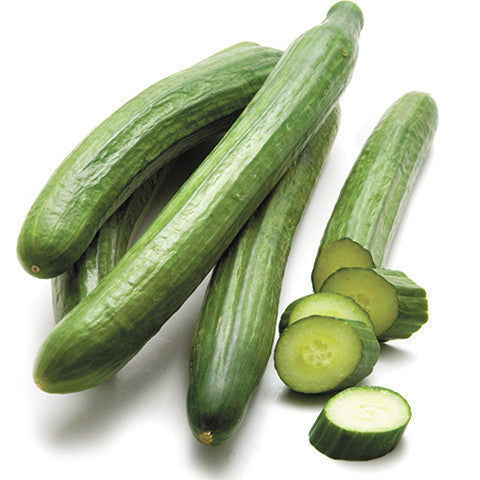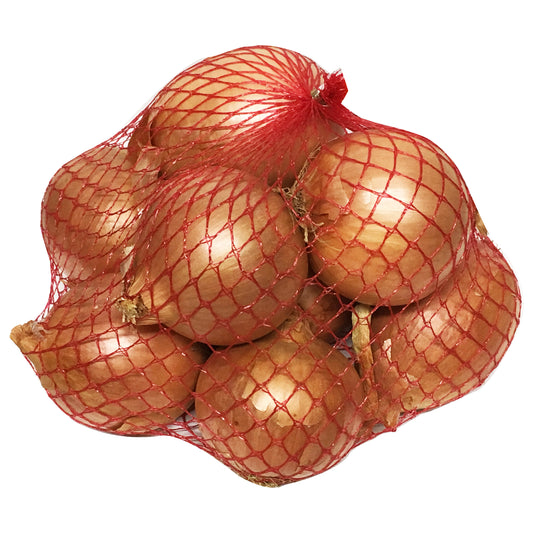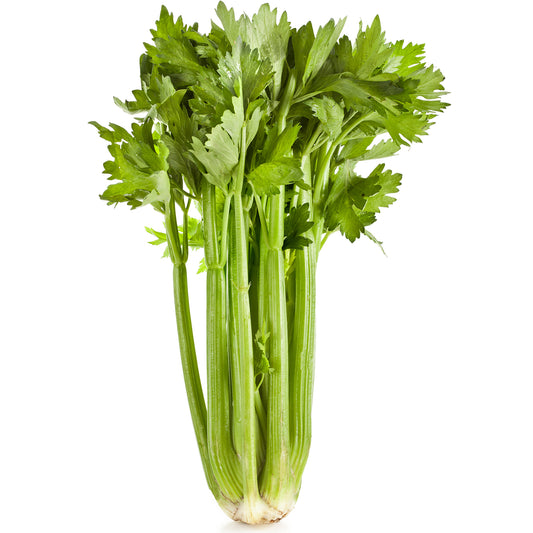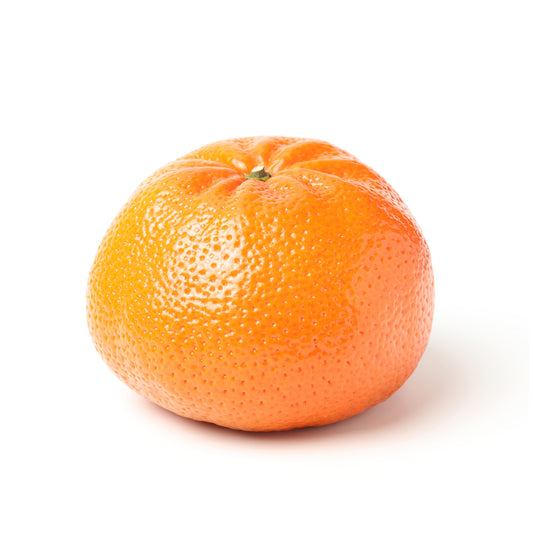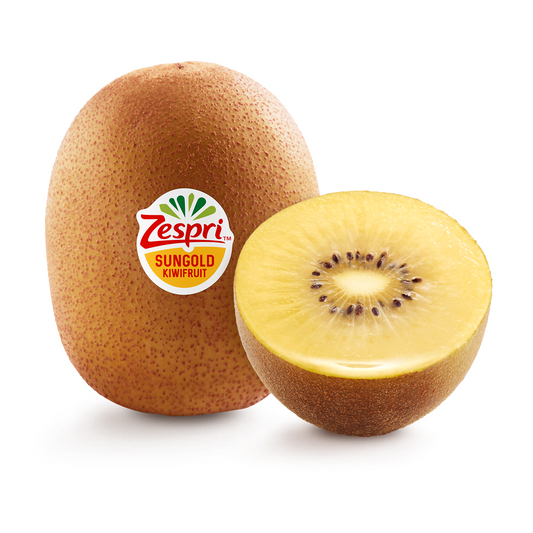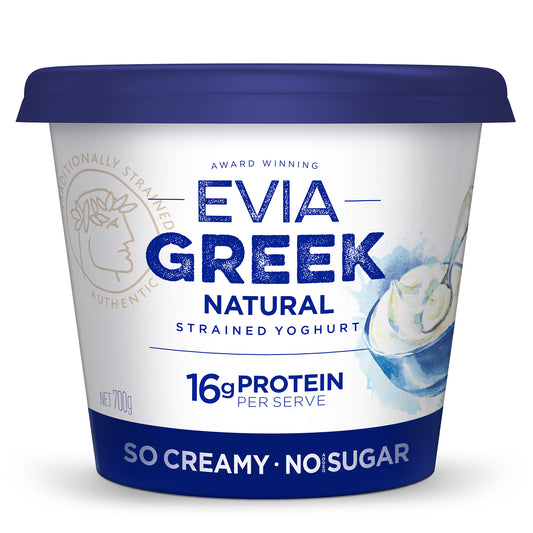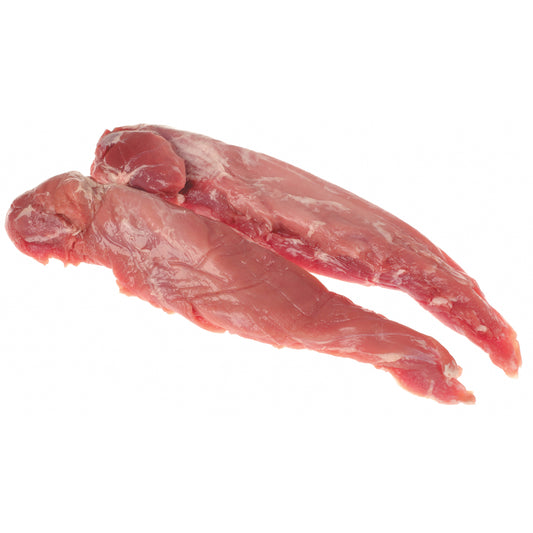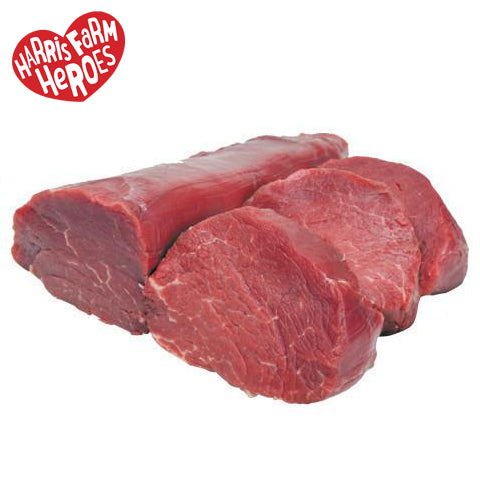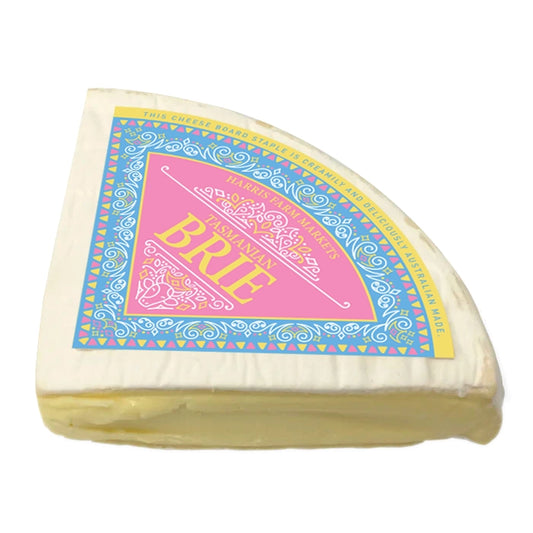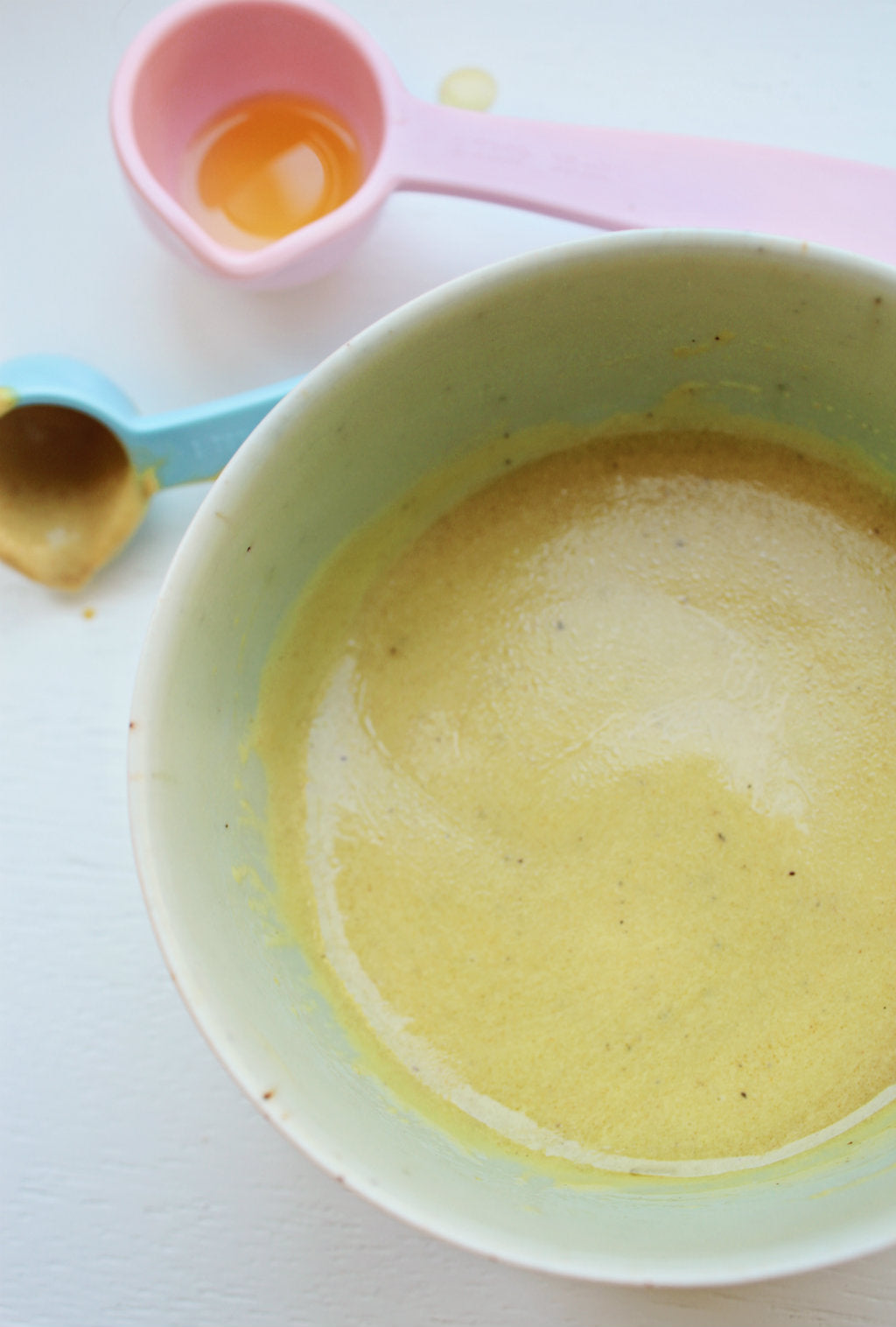
“You don’t win friends with salad” (so sang Homer Simpson once.) Perhaps that’s because he hadn’t unlocked the keys to a great dressing. A stellar dressing can swiftly transform a platter of produce into a dish worthy of praise. Follow these simple tricks and you’ll be sitting down to salads that’ll have them coming back for seconds all summer long.
The Basics: fat + acid
The most basic vinaigrette is an emulsion of oil (or fat) and vinegar (or acid). The standard ratio is three parts oil to one part vinegar. If all else fails, remember that.
What fats can I use?
Classic vinaigrettes lean on olive oil as a base. Olive oils cover a wide territory of flavours from punchy and peppery to rounded and woody. It’s best to taste your oil before you jump into using it. If it is particularly assertive, you can always muffle it a little by combining it with a milder tasting oil. And there’s no reason why your oil choice should be confined to just olive. Nut oils like walnut, macadamia or hazelnut or aromatic oils like sesame, liquid coconut oil, avocado, and pumpkin seed can add an excellent layer of flavour. Some of these can be quite strong also, so consider using them as a portion of the oil in your dressing … as more of a supporting act than the main event.
Oils should also be stored away from strong sources of heat, like the stove or window sills to keep them in the best condition.
Alternatively, there is a good amount of fat in dairy products like Greek yoghurt, crème fraiche and sour cream, so while these won’t produce a classic vinaigrette they also work well as bases for creamy dressings that shine over roast vegetables, pulses and potatoes.
What acids can I use?
Vinegars are easy options for acids. Balsamic, apple cider vinegar and red wine vinegar will all provide a good contrast. Vinegars can vary drastically in terms of their sharpness and flavour. Think of them like wine; the pricier vinegars will most likely be more balanced and complex. Since you will only use a little in each batch of dressing, try splurging on a small bottle of aged balsamic or red wine vinegar and taste the difference. Other options to play with include acids from the Asian condiment section like rice wine vinegar and ponzu. And let’s not forget fresh citrus juices – lemon, lime, blood orange, grapefruit and mandarin juice are acids that will all add cut through, brightness and some sweetness to your dressing.
What is stabiliser?
Most vinaigrette are temporary emulsions, so while you might be able to persuade the fat and acid to meld harmoniously for a while, they will eventually separate. One way to convince them to stay married is to add a stabiliser. This can be something as simple as mustard, but you can also experiment with other condiments like honey, miso paste, tahini, nut butters or even jam. These will do double duty and add extra flavour into the dressing.
Since one of the best ways to make an emulsion is by agitating the contents together, try using the last legs of a condiment jar as a make-shift dressing shaker (this will also save on washing up). Simply add your ingredients into the jar with the dregs of the condiment, put the lid on firmly and shake enthusiastically. The contents will then happily keep in the fridge for a few weeks.
Water? Really?
The secret element in many great restaurant dressings is actually the cheapest ingredient of all. Adding a dash of cold water to a salad dressing not only helps form the emulsion, but softens the twang of vinegar and opens up some of the flavours. Think of it like the practice of adding a few drops of water to a glass of whisky. There is something about adding a little water to complex flavours which helps our palates appreciate them (and beyond that, stretches precious ingredients a little further!)
Here are three basic dressings to get you started. Feel free to use them as jumping off points and then experiment to your heart’s content.
--

